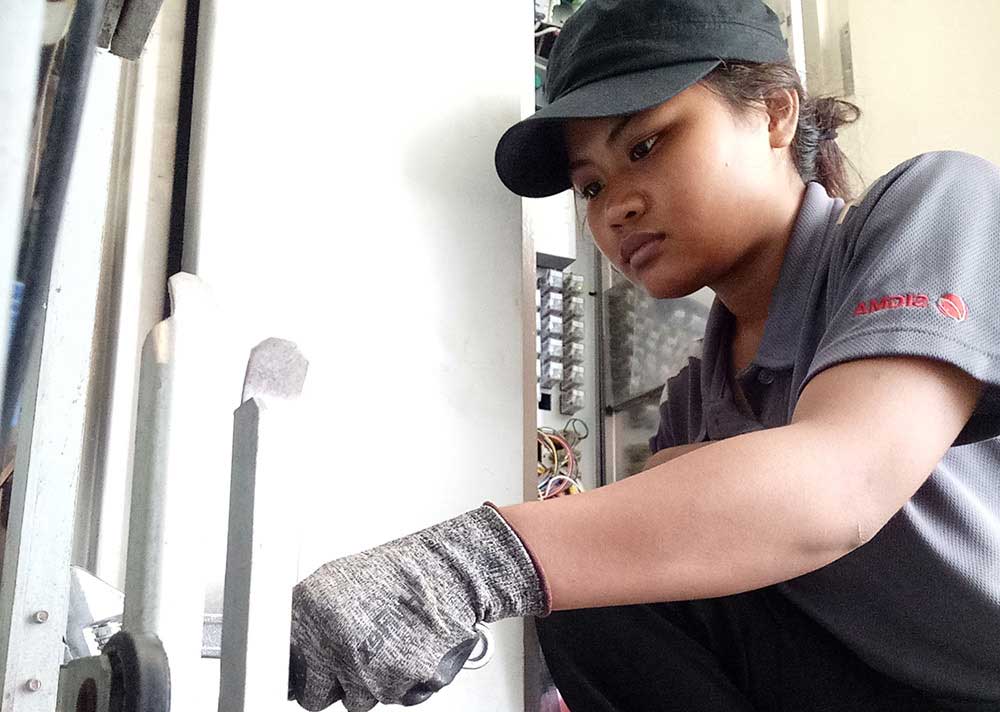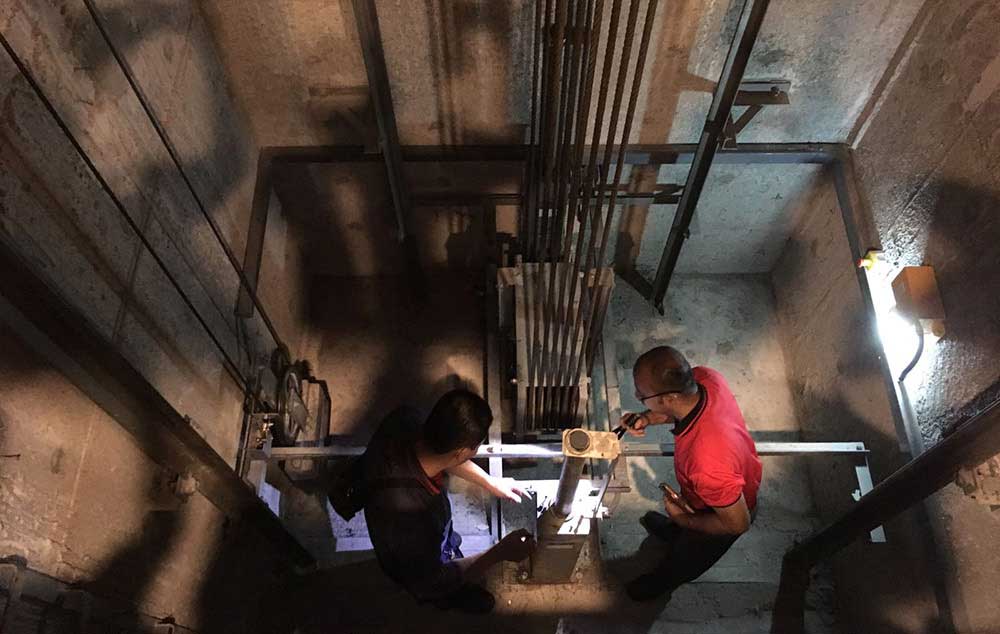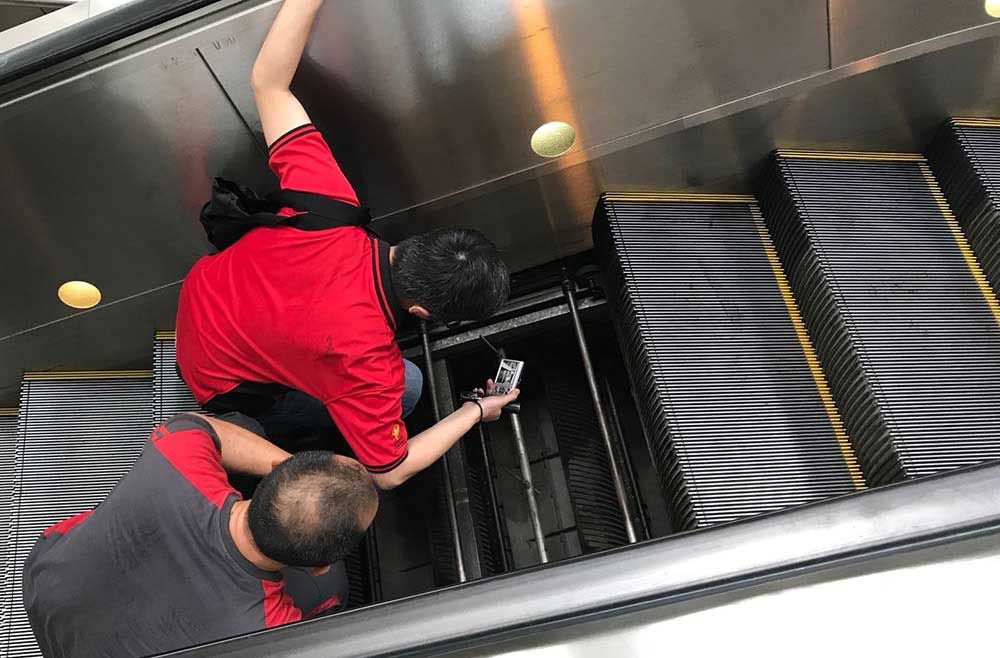Fresh graduates, mid-career switchers and existing workers can now anticipate new avenues and better prospects in the lift industry. This means that industry professionals will enjoy better jobs, higher skills and greater remuneration.
For an upwardly mobile career in a stable industry with promising prospects, look no further than the lift industry.
The demand for lift technicians is set to grow as Singapore becomes increasingly built-up with a greater reliance on lifts. Coupled with the fact that more than half of existing lift technicians are above 50 years of age and facing retirement, the lift industry urgently needs to develop a strong core workforce to ensure that lifts are safe and well-maintained.
The answer is a Progressive Wage Model (PWM) and a training and certification framework introduced by the Lift and Escalator Sectoral Tripartite Committee (L&E STC) after a two-year review of the sector.
|
|
 Fresh graduates, mid-career switchers and existing workers can look forward to better prospects in the lift industry through structured career progression paths and higher remuneration. Fresh graduates, mid-career switchers and existing workers can look forward to better prospects in the lift industry through structured career progression paths and higher remuneration.
|
|
New career pathways, better pay
Under the PWM, a new entrant to the lift industry will draw a higher starting pay of $1,850 to $2,500, up from the current industry average range of $1,300 to $1,600. As industry professionals, they can choose from two alternate pathways as they progress up the career ladder.
|
|
 Improving ventilation and illumination in dark, poorly-ventilated lift shafts creates a more conducive work environment. Improving ventilation and illumination in dark, poorly-ventilated lift shafts creates a more conducive work environment.
|
|
The supervisory track offers opportunities to build up management capabilities, while the specialist track caters to those who prefer to deepen their technical skillsets. Under the PWM, a senior lift supervisor can expect to earn between $3,500 to $6,000, while a master lift specialist can expect to earn between $4,000 to $6,000.
Multiple entry points, working while learning
There are various ways to enter a career in the lift industry. Students can go for specialised courses such as the Nitec in Built Environment (Vertical Transportation) at the Institute of Technical Education (ITE), or enter with engineering-related diplomas or degrees. Mid-career switchers can opt for professional conversion or bridging courses, while existing lift professionals can go for skills upgrading and certification.
A slew of generous scholarships and sponsorships by BCA and companies has been put in place to help with the cost of training. For example, the ITE scholarship provides a student with a $7,000 annual allowance during his or her course of study, in return for a two-year bond with a sponsoring company upon graduation. Additional incentives are given to the same graduate if he or she stays in the job, as well as for the sponsoring firm to offset its business cost.
|
|
 Mid-career switchers and lift industry professionals looking to upgrade and upskill have the flexibility of working while learning. Mid-career switchers and lift industry professionals looking to upgrade and upskill have the flexibility of working while learning.
|
|
For mid-career switchers and lift industry professionals looking to upgrade and upskill, there is the flexibility of working while learning. A suite of manpower development programmes is in place to cover job placements and attachments, as well as salary support while working. Training and certification programmes are also in place at various skill competency levels to allow those who wish to upgrade to work their way up the ranks.
Elevating the lift industry
Beyond overhauling wages and career pathways, BCA is also working with the industry to lift productivity and safety standards, and to enhance working conditions. For example, the adoption of Remote Monitoring and Diagnostics (RM&D) technology in lifts allows lift professionals to evaluate, perform checks and diagnose faults remotely. Another initiative is improving ventilation and illumination in dark, poorly-ventilated lift shafts for a more conducive work environment.
As Mr Chin Chi Leong, Deputy Chief Executive Officer (Building Control) of BCA and co-chairman of the L&E STC pointed out, these initiatives “bring us one step closer to a more competent, technically advanced and sustainable industry, which will play a significant role in ensuring that our lifts and escalators continue to be safe and reliable for everyone.”
Join us in the lift and escalator industry today.